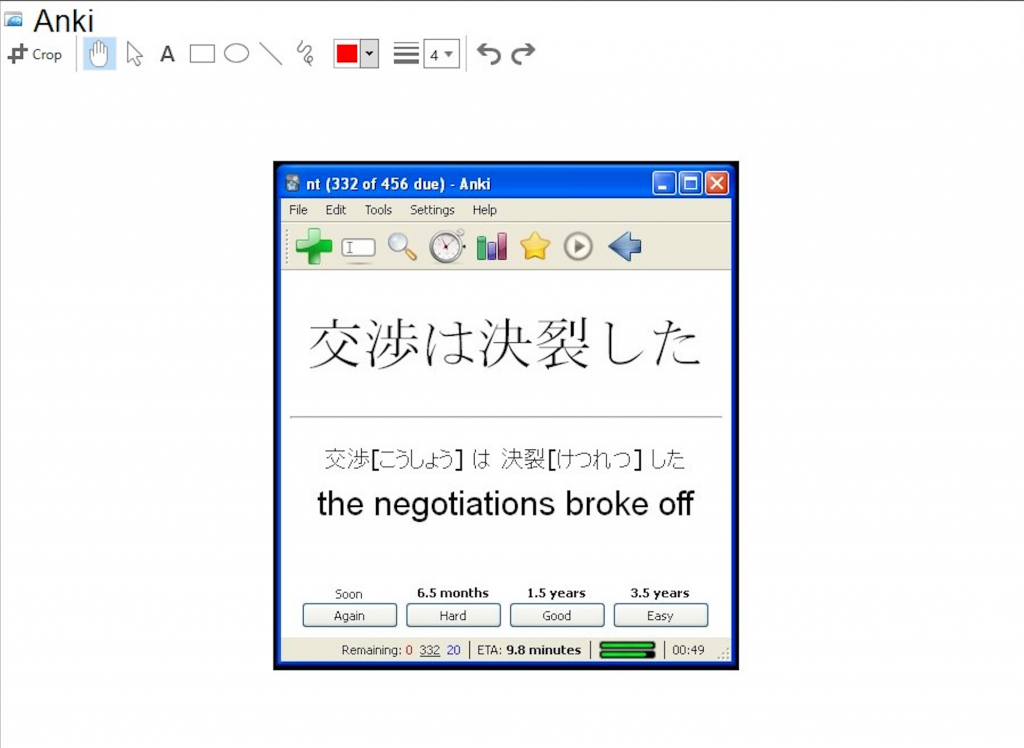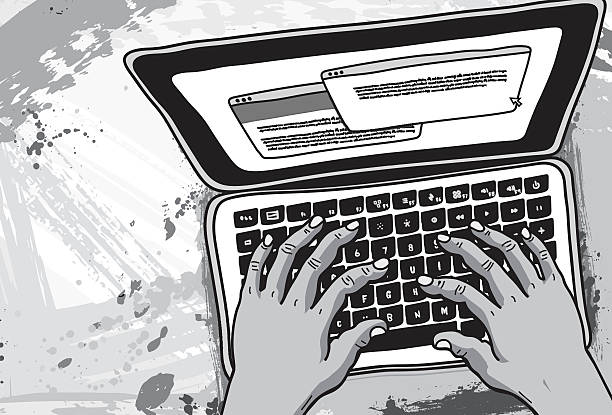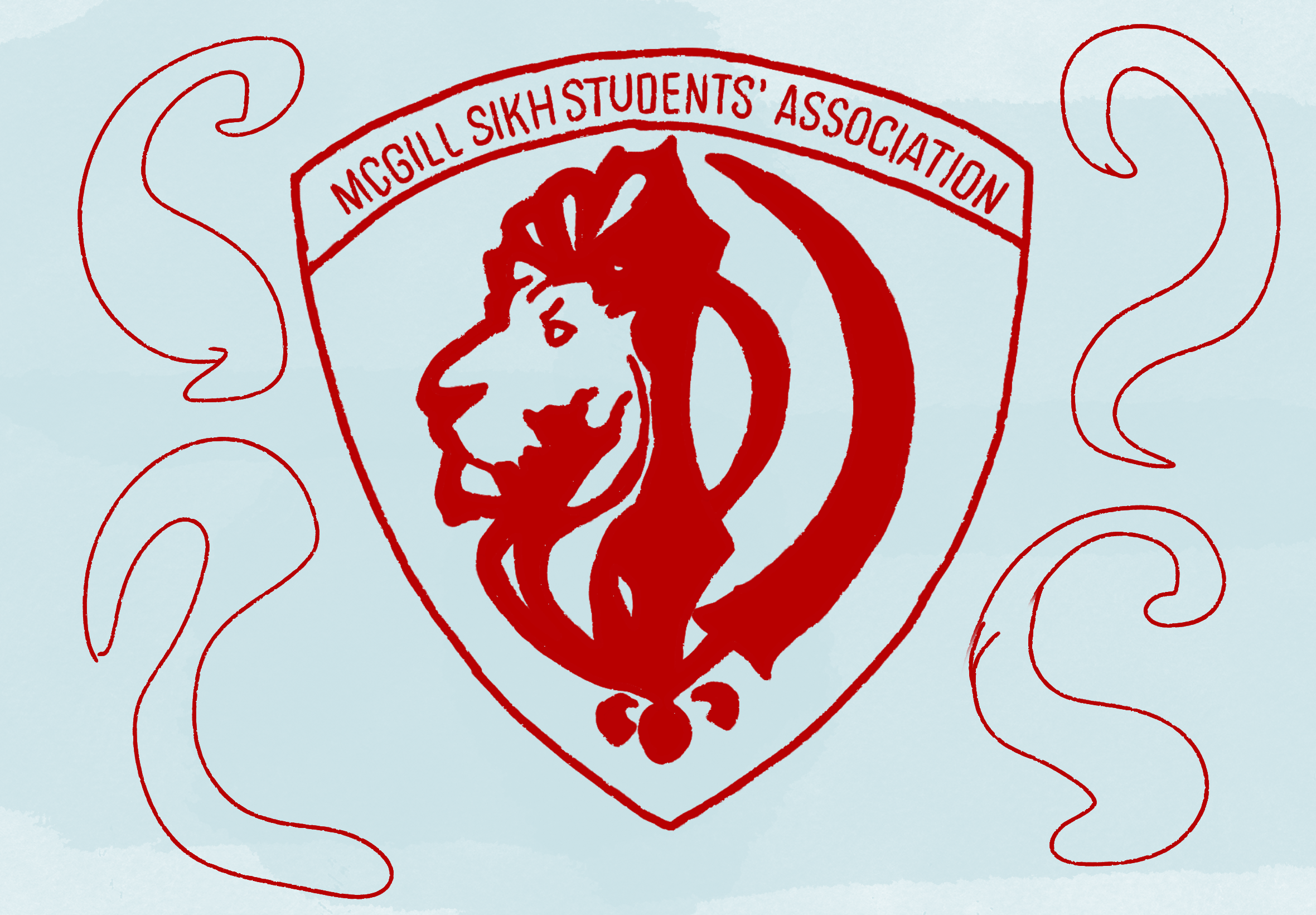The back-to-school season is the perfect time to revamp your study system to ensure a successful semester and minimize your stress. While some prefer to stick to traditional pen and paper, The McGill Tribune has compiled a list of the most useful apps for those wishing to craft the perfect online workflow.
Notion is a must-have for students looking to create a fully customized planning and productivity system. Using their bank of templates, you can create to-do lists, monthly and weekly calendars, and centralized locations for all your readings and assignments. While the platform can be confusing to navigate at first, you can learn how to customize plenty of page templates to suit your needs––and aesthetic––on YouTube and Reddit.
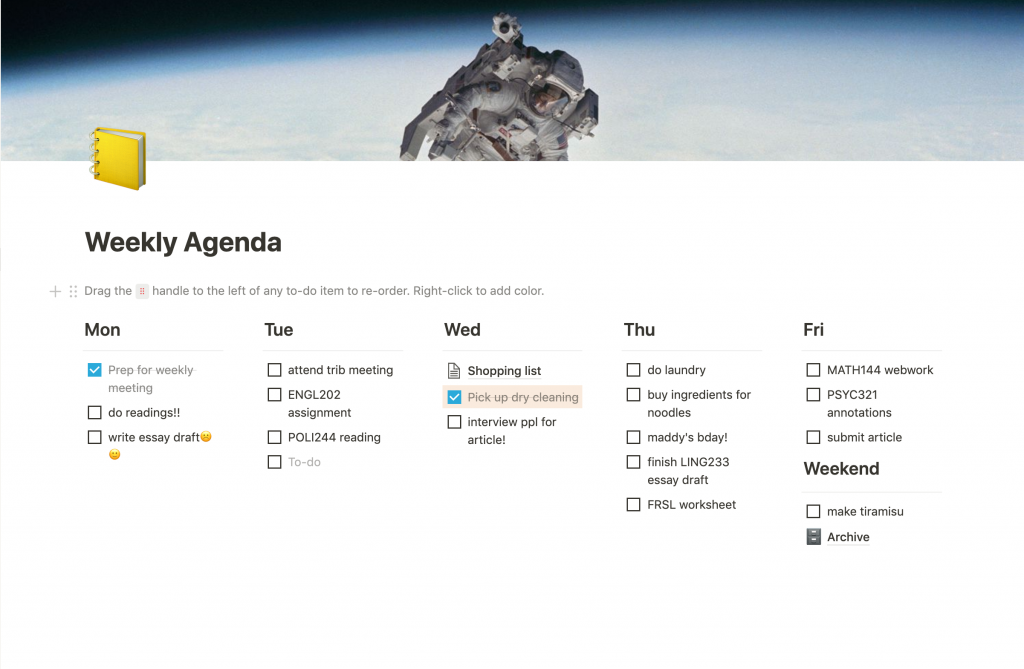
Available for both iOS and Android users, Focus To-Do is one of many Pomodoro-based task management apps. The Pomodoro method is simple: Rather than mindlessly plugging away at Available for both iOS and Android users, Focus To-Do is one of many Pomodoro-based task management apps. The Pomodoro method is simple: Rather than mindlessly plugging away at your tasks without scheduled breaks, it suggests you work in 25-minute blocks with five-minute breaks in between. The app helps you track your study sessions and gives you the option to block yourself from closing it during your work periods. You can also customize the length of your work and break blocks.
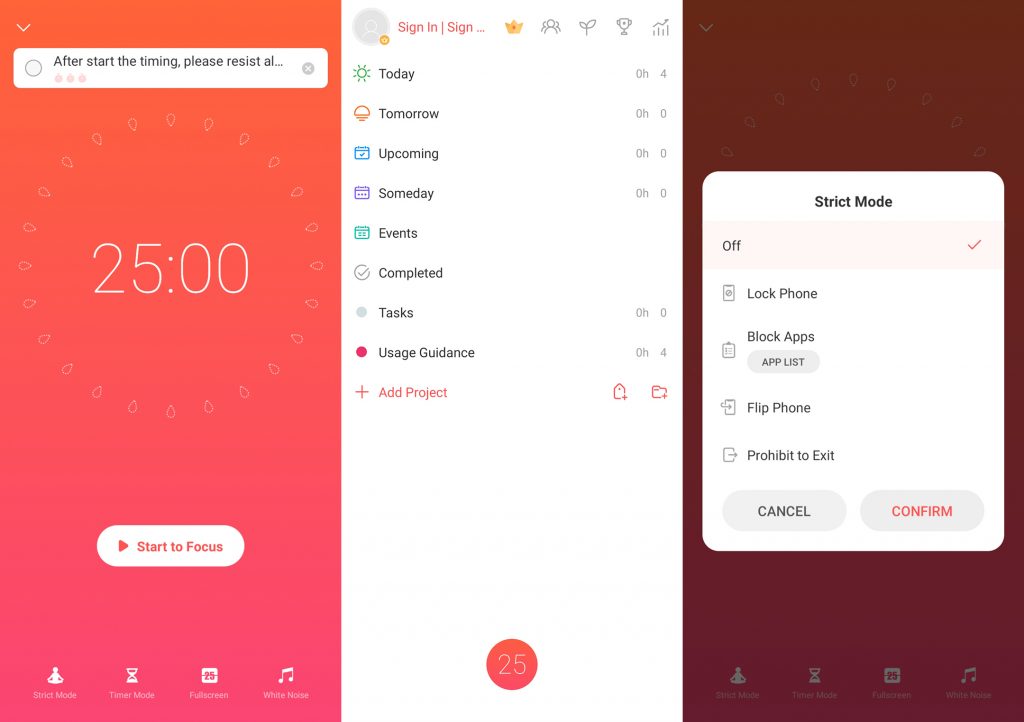
For those with an iPad or tablet, Goodnotes is a great way to transition to an online note-taking system. Popular among students in the sciences for annotating powerpoints, Goodnotes—and its competitors like Notability or Bear—can help you to pay better attention in class by alleviating the pressure to mark down every word. For arts students, Goodnotes is a great way to save paper and money when doing readings. After you import the PDF, the app allows you to highlight text and bookmark pages. Goodnotes is especially useful for those who like adding artistic elements to their notes, as its streamlined design makes changing pen colours, moving and resizing text, or inserting images and diagrams simple. If you don’t have an iPad or don’t want to pay the $10.99 start-up cost, you can try the free notes app or Microsoft OneNote.
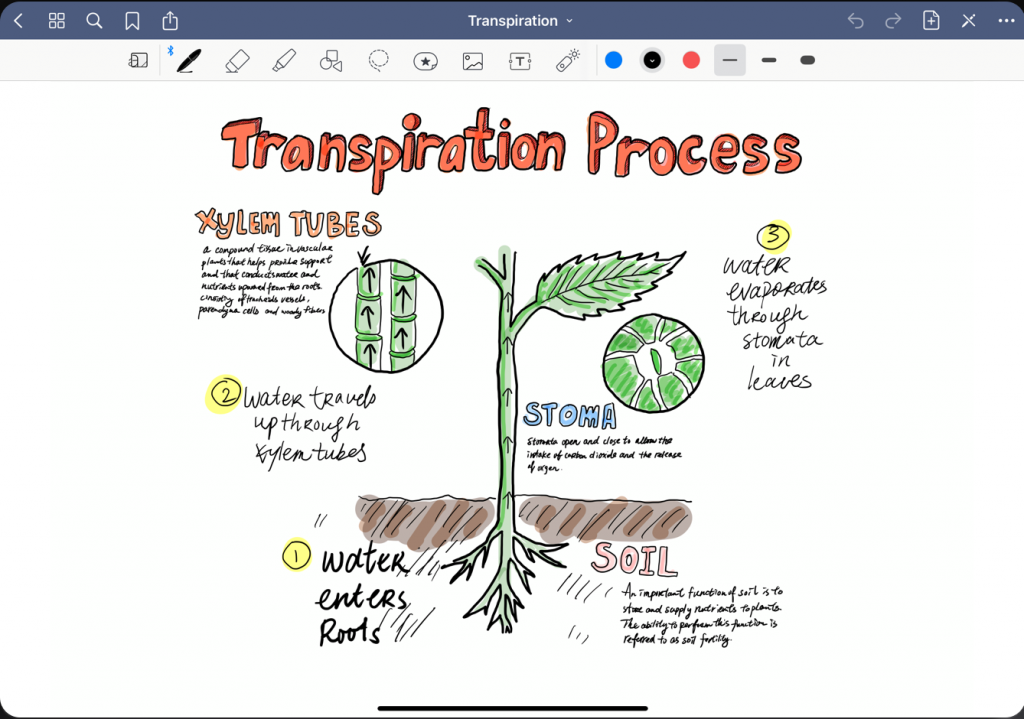
After a year and a half of online school, most students are tired of having to stare at a screen for hours on end every day. But headaches and eye strain remain impossible to avoid, with many instructors opting to upload online readings and textbooks. Speechify presents a solution: Upload PDFs and other digital text, and the app will read it aloud. You can personalize the voice and listening speed to align with your habits. Even when reading a physical book, you can scan pages using your camera and have the text transform into audio. While the app is great for any student looking to up their reading game, it’s especially useful for those with learning disabilities that make reading text more difficult.

Available on both desktop and mobile, Anki is a powerful flashcard system that is great for students in fields that have lots of memory-testing assessments. It relies on a specific method: Spaced repetition. The technique is based in the psychology of memory, on the specific idea that we retain less information as time passes, and so must revisit them to remember them long-term. As such, Anki’s algorithm displays your flashcards in increasingly spaced intervals to strengthen your brain’s recall abilities. Because Anki is an open-source software, there are plenty of add-on features to explore that can tailor your study system to your needs. Train away!
